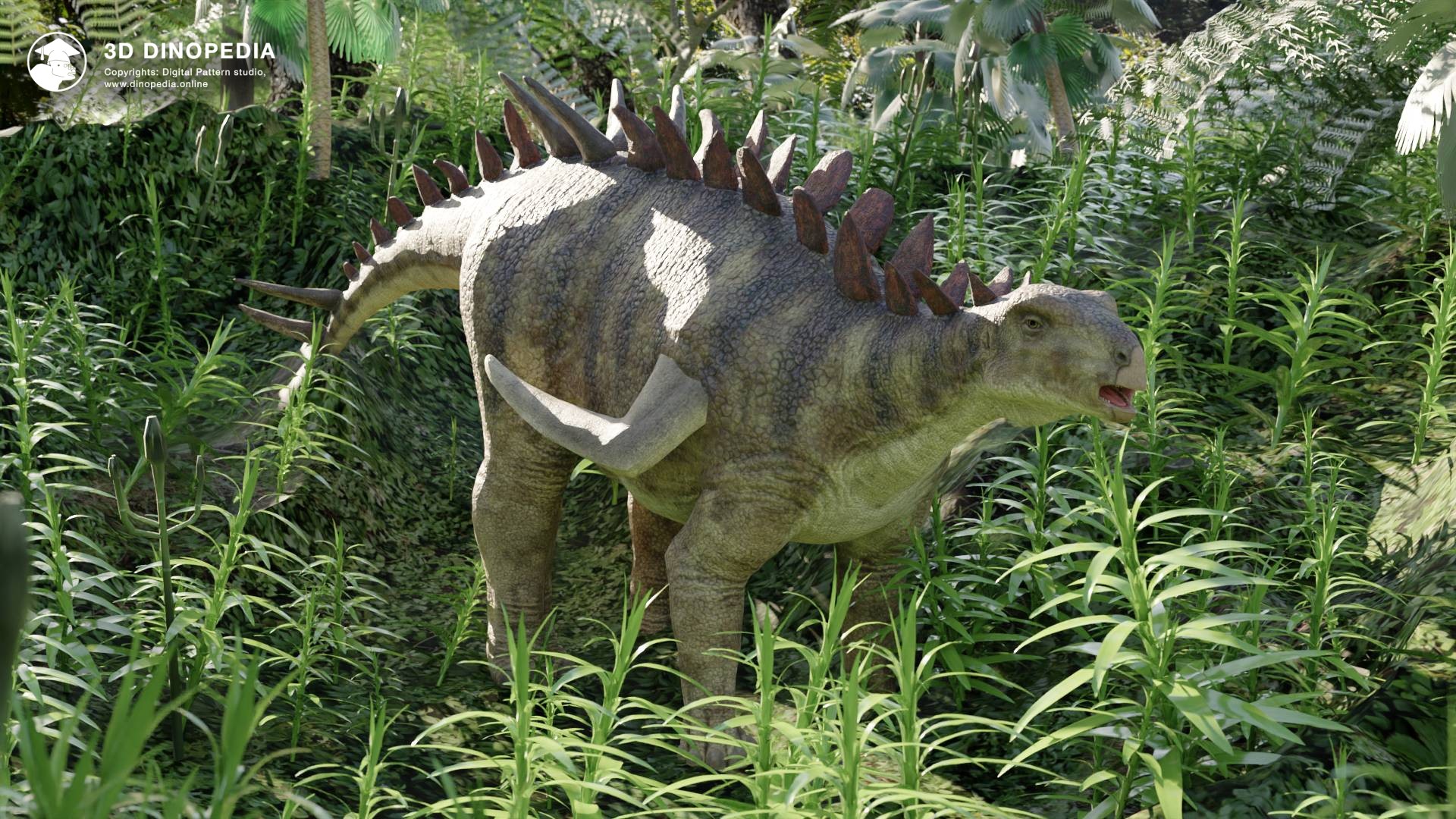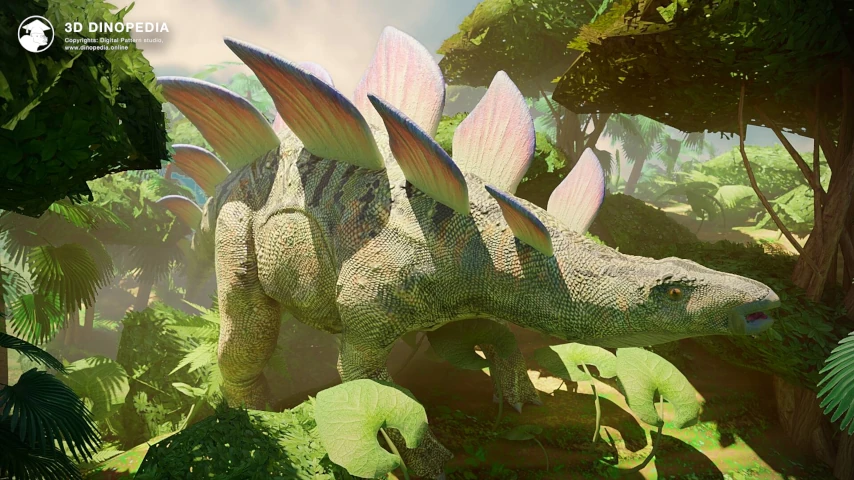Gas, Money, and 30 Dinosaurs
16.02.2024 12:32
2095 views

This story began in the 1970s in China. The country was changing, experiencing an industrial boom, which would eventually make it one of the world's leading producers of almost any product. This required enormous resources, including natural resources. The whole of great China was under intense pressure, bound by a single goal. And geologists were exploring the depths of the Earth in search of natural wealth. Particularly desirable were fossil fuels - gas and oil. Finally, they were incredibly lucky: reserves of natural gas were discovered in the tiny town of Dashanpu (Dàshānpū) in Sichuan Province. Now it was necessary to clear the area, build a road, and erect all the necessary facilities for extraction. In 1972, the government allocated huge sums of money to the gas company, and work began.
However, soon reports came from workers involved in road construction about the discovery of mysterious bones. It was unlikely to be anything valuable, but the information was worth checking. In 1975, the Communist Party of China sent perhaps the most prominent paleontologist of that time, the founder of vertebrate paleontology in China, Yang Zhongjian. He had once even participated in excavations of the famous Chinese ancient human - Sinanthropus. And in the 1970s, he was already an elderly, honored, and highly respected specialist. As a result, with Yang's participation, many dinosaur bones were excavated.
A year later, another experienced but still young, full of energy and enthusiasm paleontologist, Dong Zhimin, began to study the bones. Before that, he had worked on a farm as part of the "Down to the Countryside Movement", engaged in geological exploration, and finally, he was able to return to his favorite occupation - paleontology, and eagerly took on any research. As a result of the research, Dong was amazed - before him were the bones of ancient dinosaurs from the middle Jurassic period (168-161 million years ago). He had never seen such finds in China before. Especially memorable were 23 vertebrae, pelvic bones, two femurs, and the teeth of a mysterious, previously unseen predator. He would return to it in the future. But for now, he shared his observations with Yang Zhongjian - his teacher. Unfortunately, the elderly teacher had only 3 years left to live after this grand discovery.
In June 1977, not far from the Dashanpu quarry, in Yongchuan County (Yǒngchuān), during the construction of a dam, the bones of another Jurassic dinosaur were found. This time, these remains belonged to an incredible, 11-meter-long predatory giant. In honor of the discovery site, Dong and his colleagues named this dinosaur yangchuanosaurus (Yangchuanosaurus). As it was later established, the layers in which the dam was built formed just a little later than the layers from Dashanpu, approximately 161-157 million years ago. Overall, this whole thickness was called the Shaximiao Formation. And it was obvious that this was a real gold mine for science, or rather a dinosaur graveyard.
At the same time, excavations in Dashanpu did not stop. And already in 1977, Dong Zhimin's team managed to excavate an almost complete skeleton of a large sauropod dinosaur. Scientists were well aware of the value of the ancient layers. However, the ruthless buckets of excavators continued to work, destroying dozens and hundreds of bones. The government and the gas company had big plans - in addition to developing fossil fuels, the construction of a huge car park was planned. Scientists with their dinosaurs did not fit into the developing concept at all. Moreover, several million yuan had already been spent on gas extraction!
But paleontologists were not going to give up. From 1979 to 1984, three large-scale scientific expeditions were sequentially organized, and tens of thousands of fossil samples were obtained on an area of approximately 2800 square meters, representing more than 200 specimens of dinosaurs and other vertebrates. Among them were about 30 almost complete skeletons and several very rare skulls of sauropods. Fish, amphibians, turtles, crocodiles, pterosaurs, and mammals' bones were also found.
And in 1985, an incredible event happened. The Chinese government decided to abandon the development of the gas deposit and the construction of the car park. The quarry was fully at the disposal of paleontologists. Moreover, in Dashanpu, the "Zigong Dinosaur Museum" was built. A very charismatic building, even externally resembling a sauropod dinosaur. It was an incredible victory for science.
In the same year, Dong Zhimin returned to one of the first discoveries - the vertebrae, pelvis, and femur bones of an ancient small theropod dinosaur. Together with his colleague, he named the lizard gasosaurus (Gasosaurus) in honor of the gas company, thanks to which the Dashanpu site was discovered.
By now, more than 20 different species of ancient animals have been studied. It is estimated that the entire fossil group was buried in an area of about 17,000 square meters. More than 100,000 fossil bones were excavated here. Including from the Dashanpu layers, another species of one of the largest predators of the Jurassic period was discovered, namely Yangchuanosaurus zigongensis, and the most spiky of the stegosaurs - gigantspinosaurus.
Millions of years ago, there was a lake at the site of the formation, into which a large river flowed. The climate was warm and humid, which contributed to the lush growth of forests along the banks. Numerous tree remains confirm the existence of an ancient forest. And several species of stegosaurs, small bipedal theropods, roamed the forests. Probably, the forest was not very dense, or open spaces began beyond the forest. This is indicated by the abundance of large dinosaurs - sauropods, and about a dozen predators, including large ones.
If you feel like immersing yourself in the atmosphere of Jurassic period forests, lakes, and river valleys, you can do so in the 3D Dinopedia app! Dozens of elaborately designed biomes await you, filled with a multitude of accurately reconstructed ancient plants and animals. And you can also get closer acquainted with the most spiky inhabitant of ancient Chinese forests - gigantspinosaurus. Have a great time exploring the amazing shady corners of 3D Dinopedia!
Discussions







{{ count }} comments
You must login to write a comment